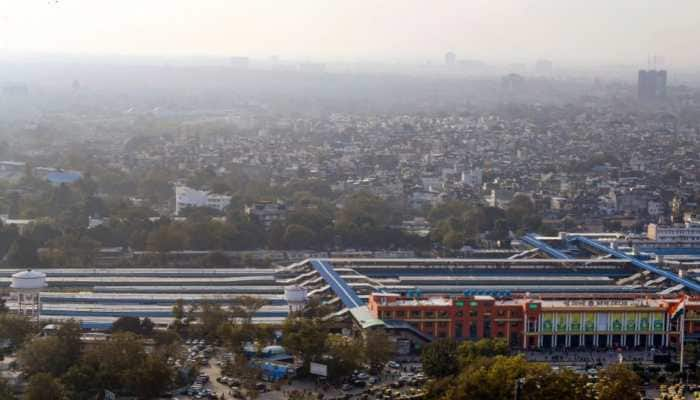What’s The Difference Between Momo and Dim Sum?
Discover the key differences between Momo and Dim Sum, two popular types of dumplings from Asia. Explore their origins, ingredients, cooking methods, and more.
Trending Photos
)
Momo and dim sum are both popular Asian dumplings, but they come from different culinary traditions and have distinct characteristics that set them apart. Let's delve into the details to understand the key differences between momo and dim sum.
Momo is a dumpling originating in Tibet, Nepal, and the Himalayan regions. These dumplings are typically filled with a mixture of ground meat (such as lamb, chicken, or pork) and various seasonings like onions, garlic, and ginger. Momo wrappers are made from flour dough and are often hand-rolled into small, round shapes before being steamed or fried. Momo is commonly served with a spicy dipping sauce made from tomatoes, chilli, and other ingredients. The flavours of momo are influenced by the spices and ingredients used in Himalayan cuisine, resulting in a unique and savoury taste experience.
On the other hand, dim sum is a broad term that refers to various small dishes served in bamboo steamer baskets or on small plates. Dim sum originated in southern China and is a popular style of Cantonese cuisine. While dumplings are a common type of dim sum, dim sum encompasses a wide range of dishes including steamed buns, rice rolls, dumplings, and desserts. Dim sum dishes are often bite-sized and meant to be shared among diners, making it a social and communal dining experience. The dim sum flavours can vary widely, from savoury to sweet, with popular fillings like pork, shrimp, and vegetables.
One of the main differences between Momo and dim sum lies in their cultural origins and regional influences. Momo is closely associated with the Himalayan regions and carries flavours and ingredients specific to that area, while dim sum is deeply rooted in Cantonese culinary traditions and reflects the diverse flavours of southern China. Additionally, the cooking methods and presentation of momo and dim sum differ, with momo being more commonly steamed or fried dumplings served with a spicy sauce, and dim sum encompassing a wider array of dishes served in bamboo steamers or on small plates.
In conclusion, while momo and dim sum are both delicious types of dumplings, they each offer a unique culinary experience shaped by their cultural origins and regional influences. Whether you're craving the bold flavours of Himalayan cuisine with momo or looking to enjoy a diverse selection of Cantonese dishes with dim sum, both options promise a delightful gastronomic journey that celebrates the rich diversity of Asian cuisine.
Stay informed on all the latest news, real-time breaking news updates, and follow all the important headlines in india news and world News on Zee News.
Live Tv







)
)
)
)
)
)
)
)
)
)
